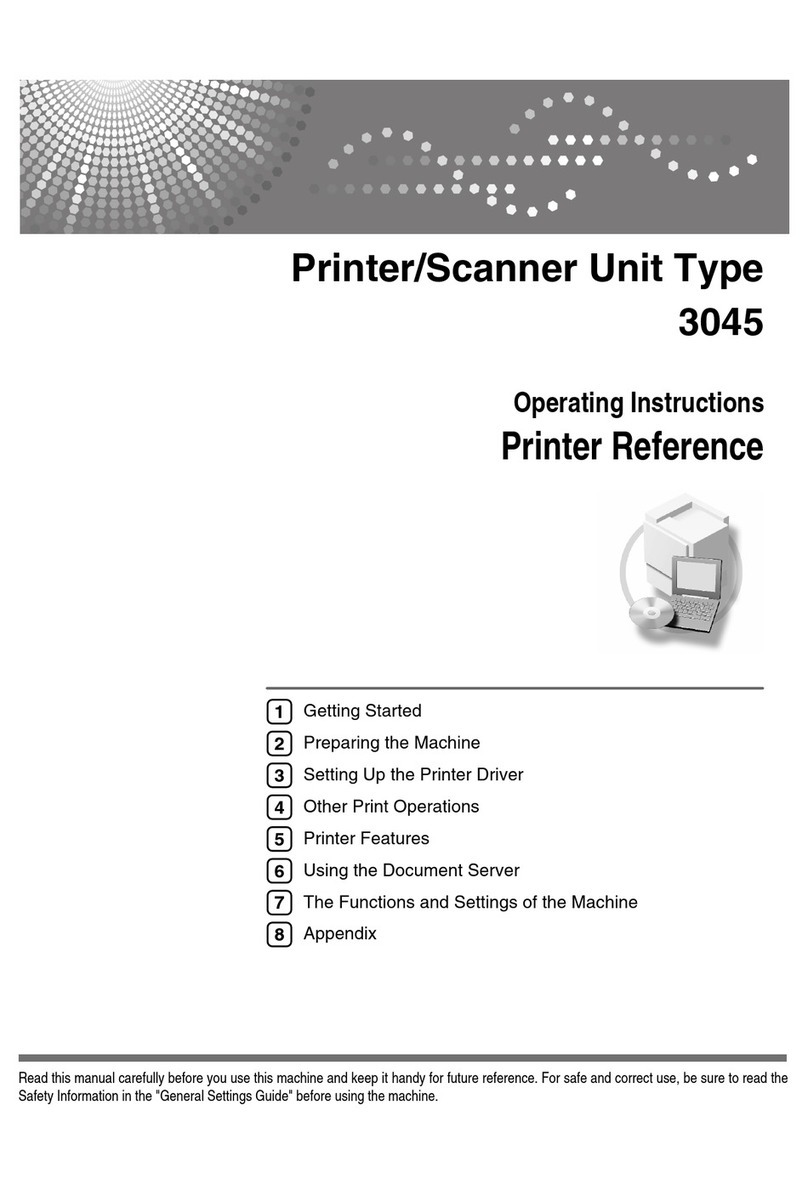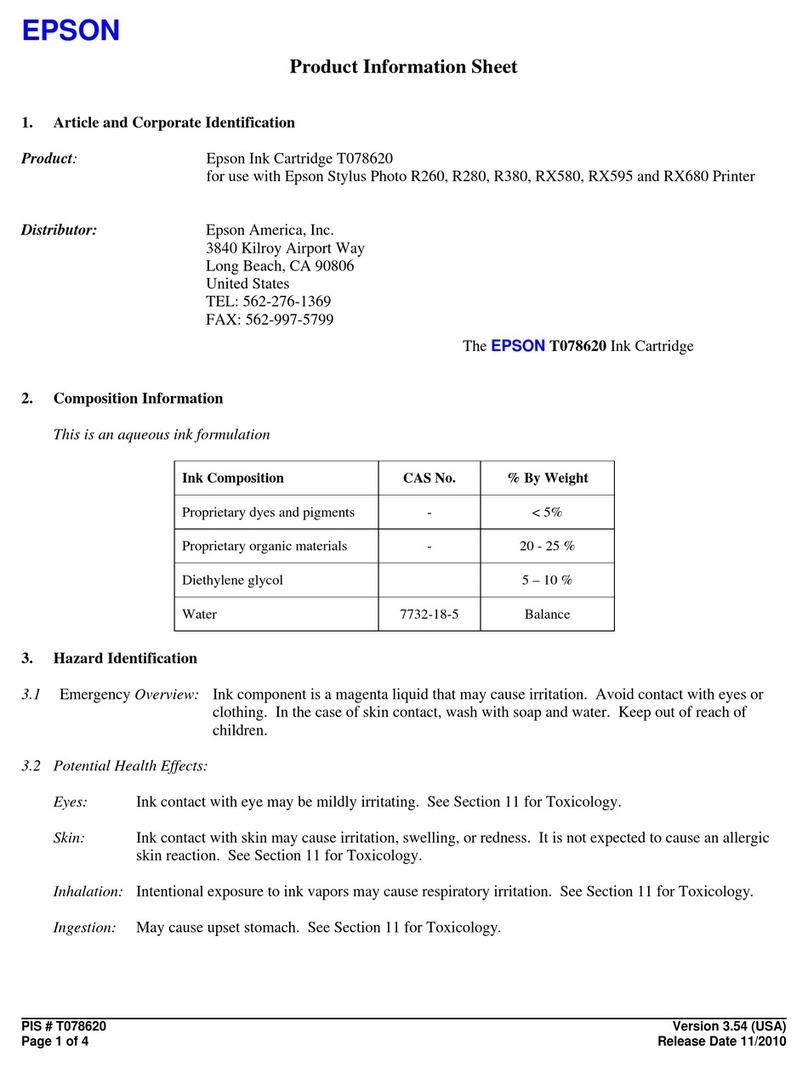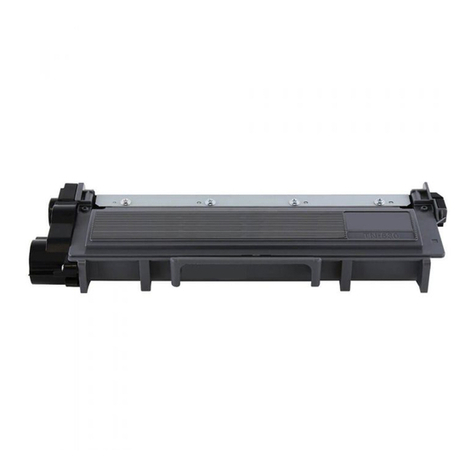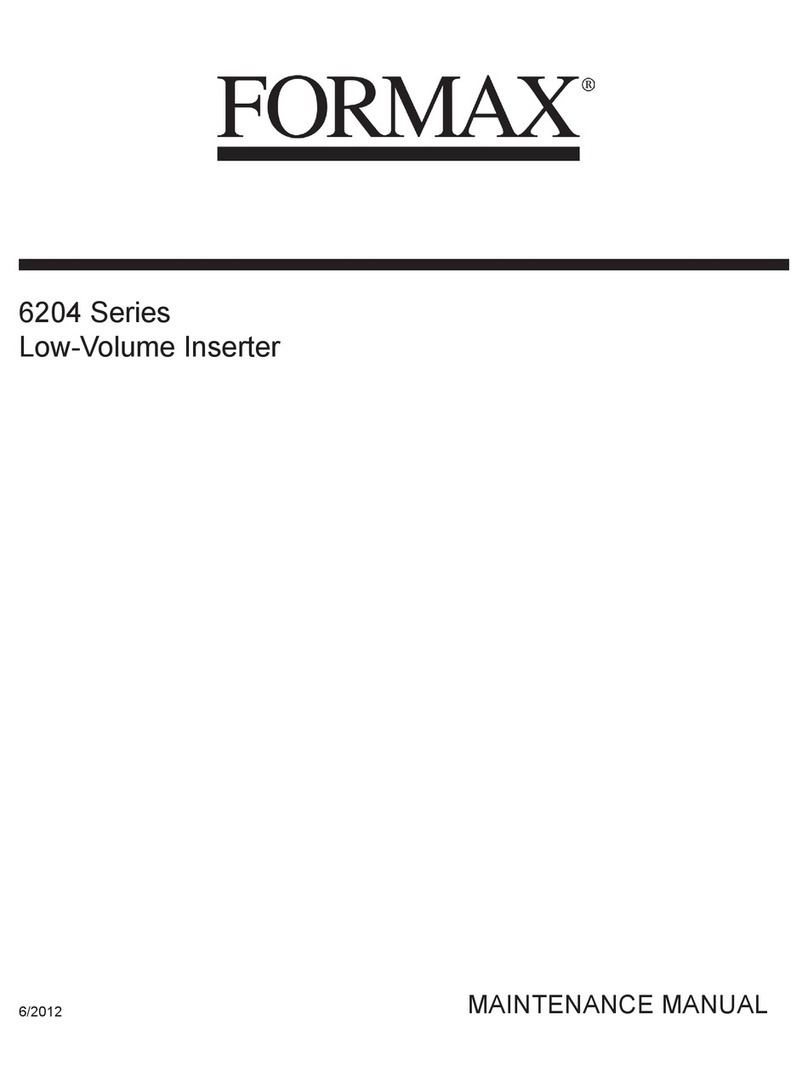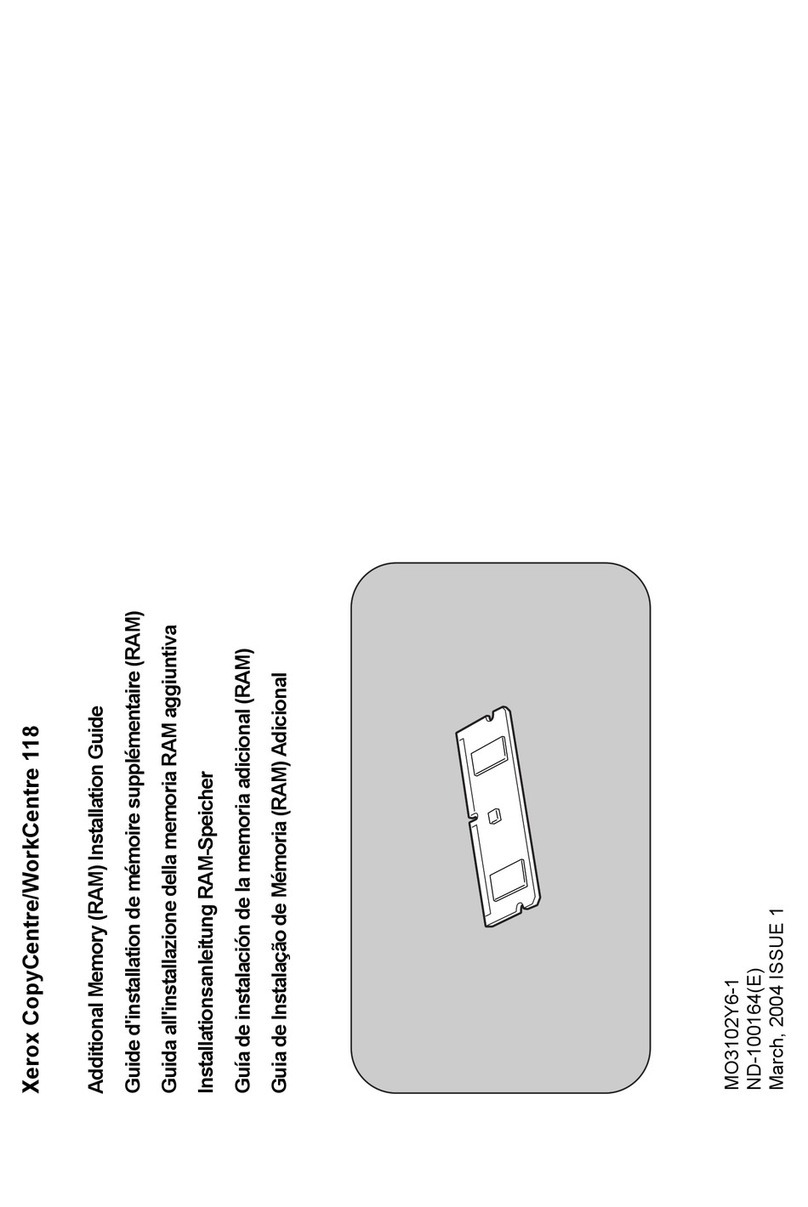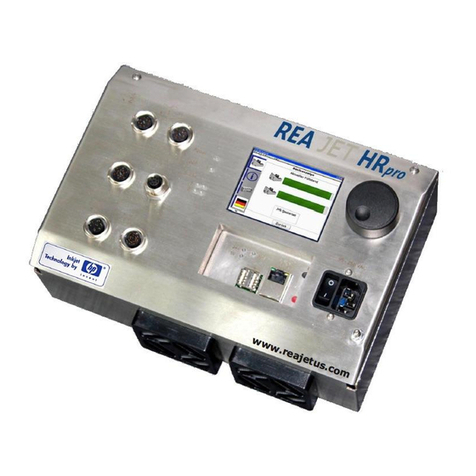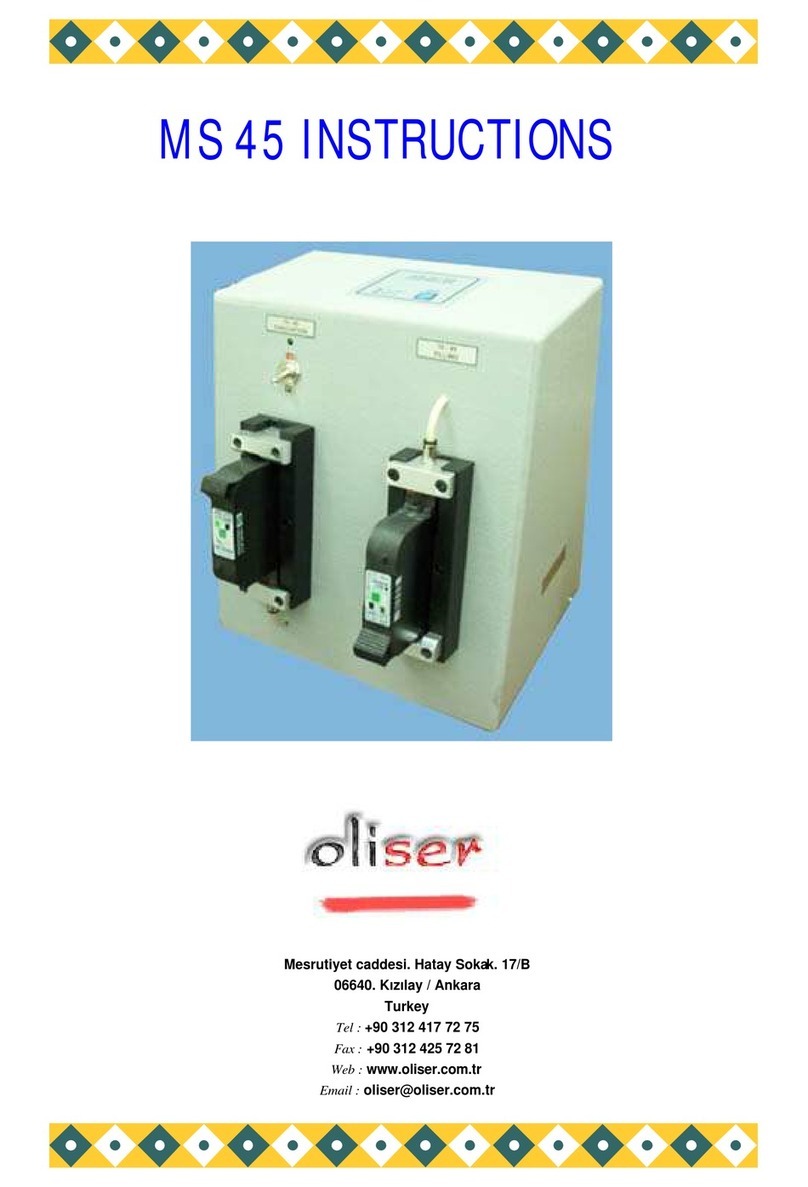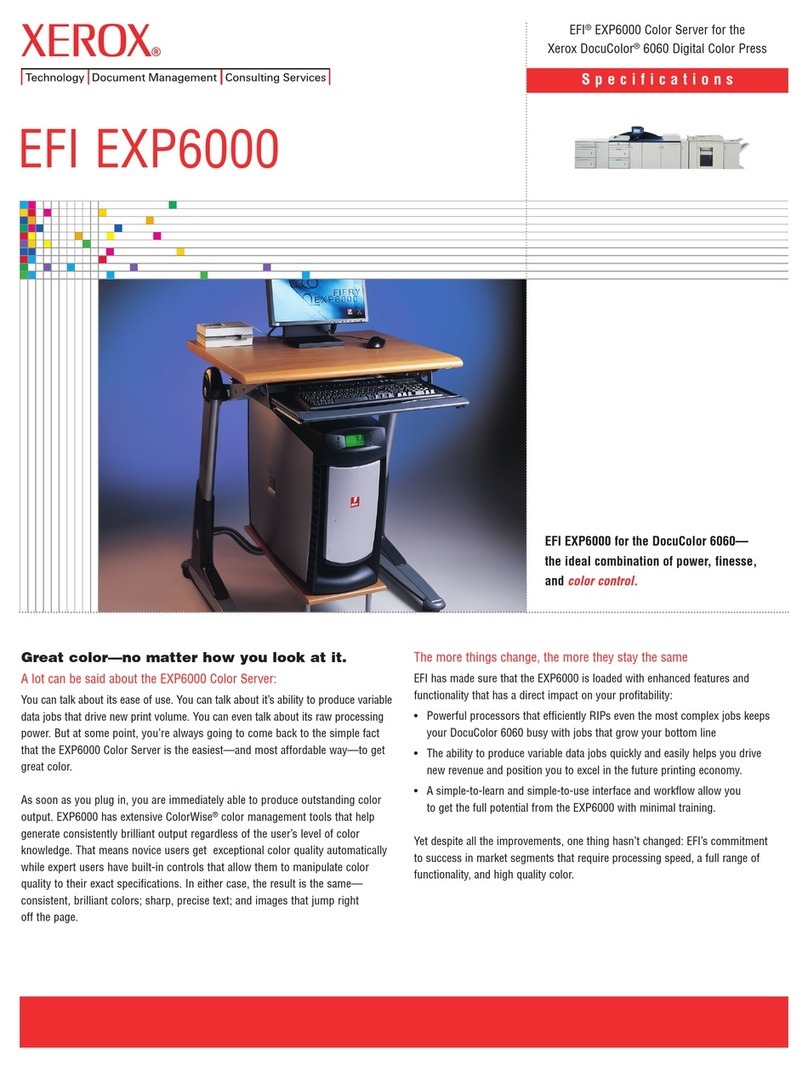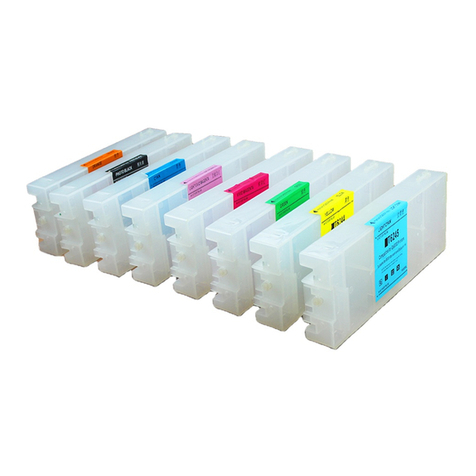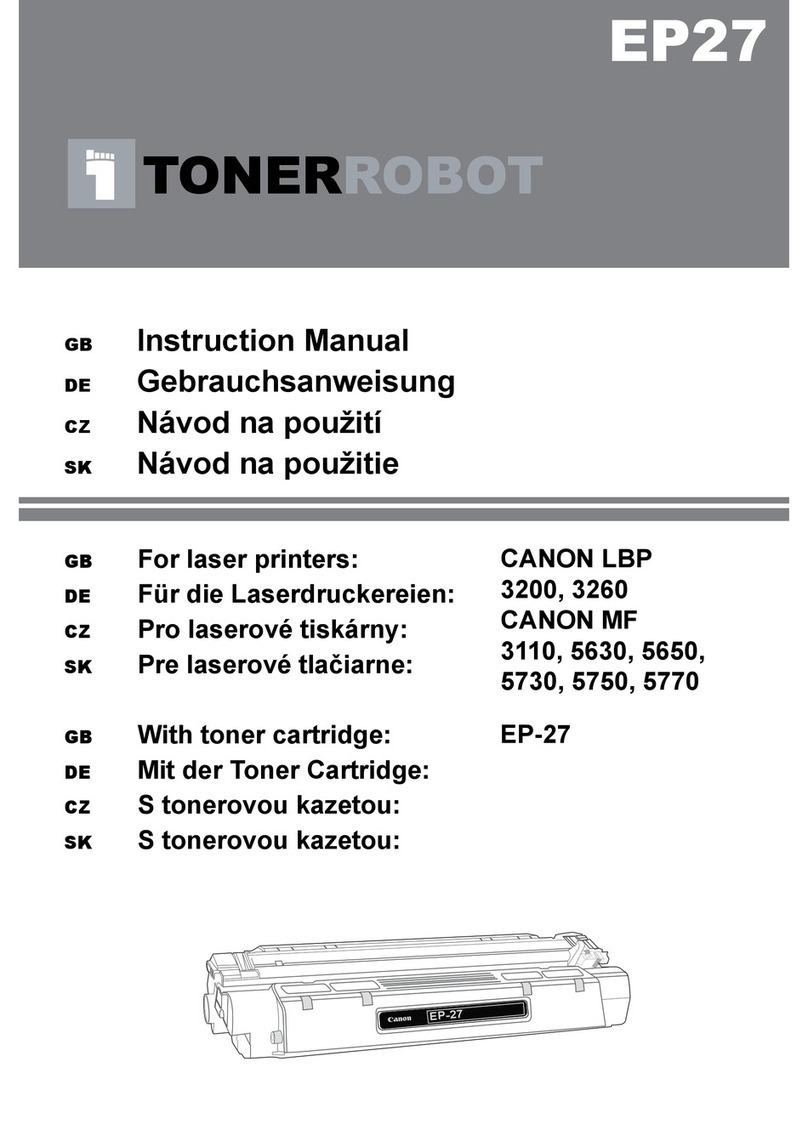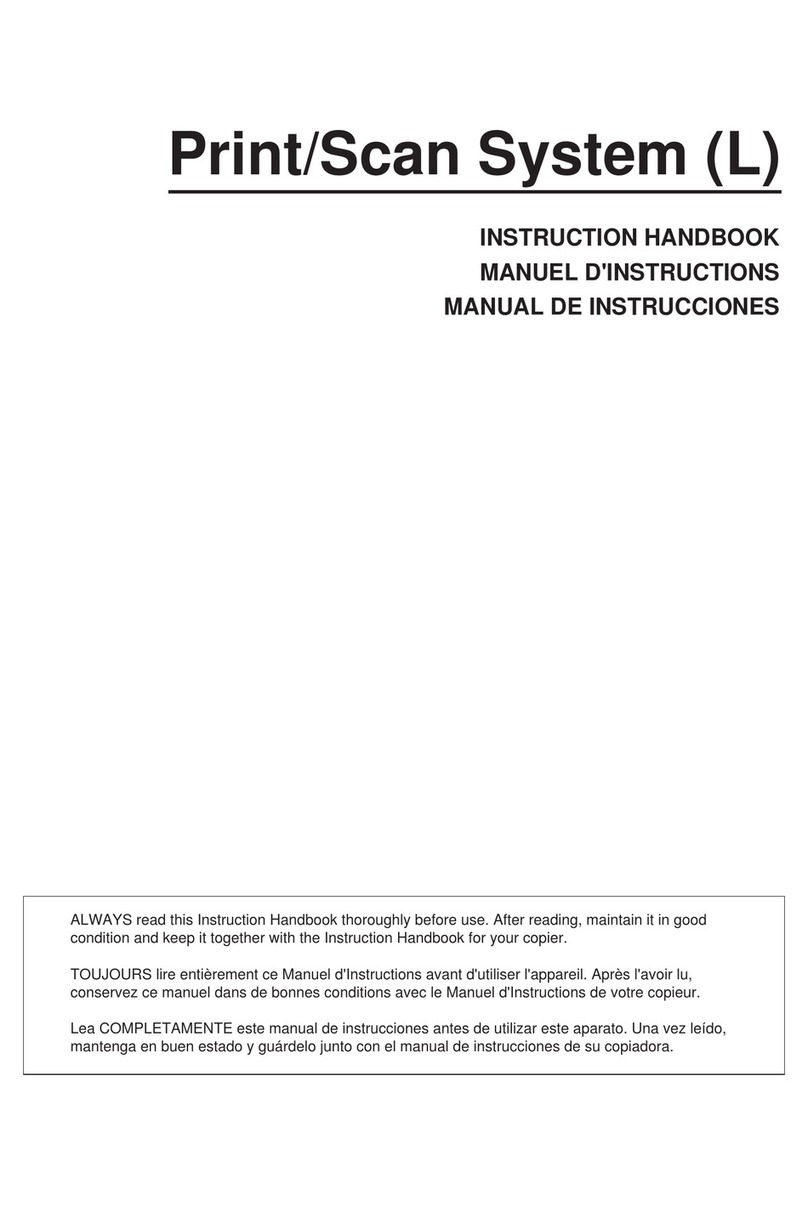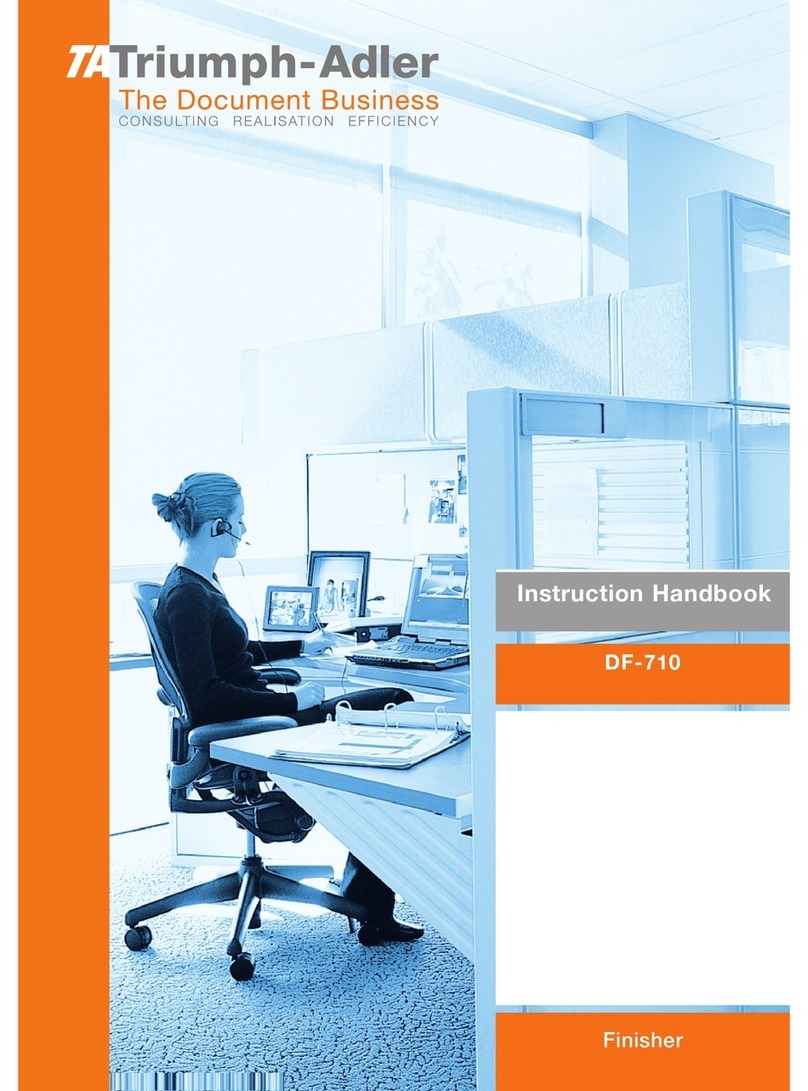Savin 4000 User manual

FAX Option Type 4000
Operating Instructions
Facsimile Reference (option)
<Basic Features>
ZCHH0 10N. eps
Read this manual carefully before you use this product and keep it handy for future
reference.
For safety, please follow the instructions in this manual.

FAX Option Type 4000 Operating Instructions
Printed in Japan
UE USA B383-8607B

Available Options
• Expansion Memory (FAX Feature Expander Type 450)
• Optional Hard Disk (FAX Feature Expander Type 4000)
• 400 dpi Option (FAX 400dpi Option Type 450)
• ISDN Unit (ISDN Option Type 450)
• Stamp Unit (FAX Stamp Type 4000)
• Handset (Handset Type 4000)
Supplies
• Marker Ink (Marker Type 30 is recommended for the best performance)

i
TABLE OF CONTENTS
1.Getting Started
Guide to Components ............................................................................... 1
Front View ..................................................................................................... 1
Rear View...................................................................................................... 2
Operation Panel......................................................................................... 4
Starting the Machine ................................................................................. 7
Turning on the Power.................................................................................... 7
Turning off the Power.................................................................................... 7
Switching Between Copy Mode and Facsimile Mode ............................ 8
Reading the Display .................................................................................. 9
Reading the Display Panel and Using Keys.................................................. 9
Standby Display ............................................................................................ 9
Communication Display .............................................................................. 10
Display Prompts .......................................................................................... 10
2.Faxing
Overview................................................................................................... 11
Changing Memory Transmission and Immediate Transmission ................. 11
Setting Originals...................................................................................... 12
Setting a Single Original on the Exposure Glass ........................................ 13
Setting Originals in the Document Feeder (ARDF) ..................................... 14
If the machine cannot detect the size of your original ................................. 16
Original Sizes Difficult to Detect.................................................................. 16
Memory Transmission ............................................................................ 18
Canceling a Memory Transmission ....................................................... 23
Canceling the Transmission Before the Original is Scanned ...................... 23
Canceling a Transmission While the Original is Being Scanned ................ 23
Canceling a Transmission While the Message is Being Sent ..................... 23
Immediate Transmission ........................................................................ 25
Canceling an Immediate Transmission................................................. 28
Canceling a Transmission Before You Have Pressed Start........................ 28
Canceling a Transmission After You Have Pressed the Start Key ............. 28
Scan Settings........................................................................................... 29
Resolution ................................................................................................... 29
Original Type............................................................................................... 30
Image Density (Contrast) ............................................................................ 30
Mixing Scan Settings for a Multiple Page Original ...................................... 31

ii
Dialing....................................................................................................... 33
Number Keys .............................................................................................. 33
Quick Dials .................................................................................................. 35
Speed Dials................................................................................................. 36
Groups ........................................................................................................ 37
Optional Group Dial..................................................................................... 38
Reception ................................................................................................. 39
Selecting the Reception Mode .................................................................... 39
3.Registering
RTI/TTI ...................................................................................................... 41
Registering RTI/TTI..................................................................................... 41
G3 Analog Line ........................................................................................ 43
Quick Dial................................................................................................. 45
Registering Quick Dials............................................................................... 45
Quick Dial Key and Function Key Label (Dial label).................................... 47
Deleting Quick Dials.................................................................................... 50
Speed Dial ................................................................................................ 52
Registering Speed Dial ............................................................................... 52
Deleting Speed Dial .................................................................................... 54
Groups...................................................................................................... 56
Registering Groups ..................................................................................... 56
Deleting Groups .......................................................................................... 58
Registering Optional Groups....................................................................... 60
Deleting Optional Groups............................................................................ 63
Entering Text............................................................................................ 65
Available Characters ................................................................................... 65
Keys ............................................................................................................ 65
How to Enter Text ....................................................................................... 66
4.Troubleshooting
Adjusting Volume.................................................................................... 69
Error Messages and Their Meanings..................................................... 71
When the {Fax}key is Lit in Red ............................................................ 72
Solving Problems .................................................................................... 73
INDEX........................................................................................................ 74
Table of contents
Other Savin Printer Accessories manuals
Popular Printer Accessories manuals by other brands

Star Micronics
Star Micronics TSP800 Series install guide
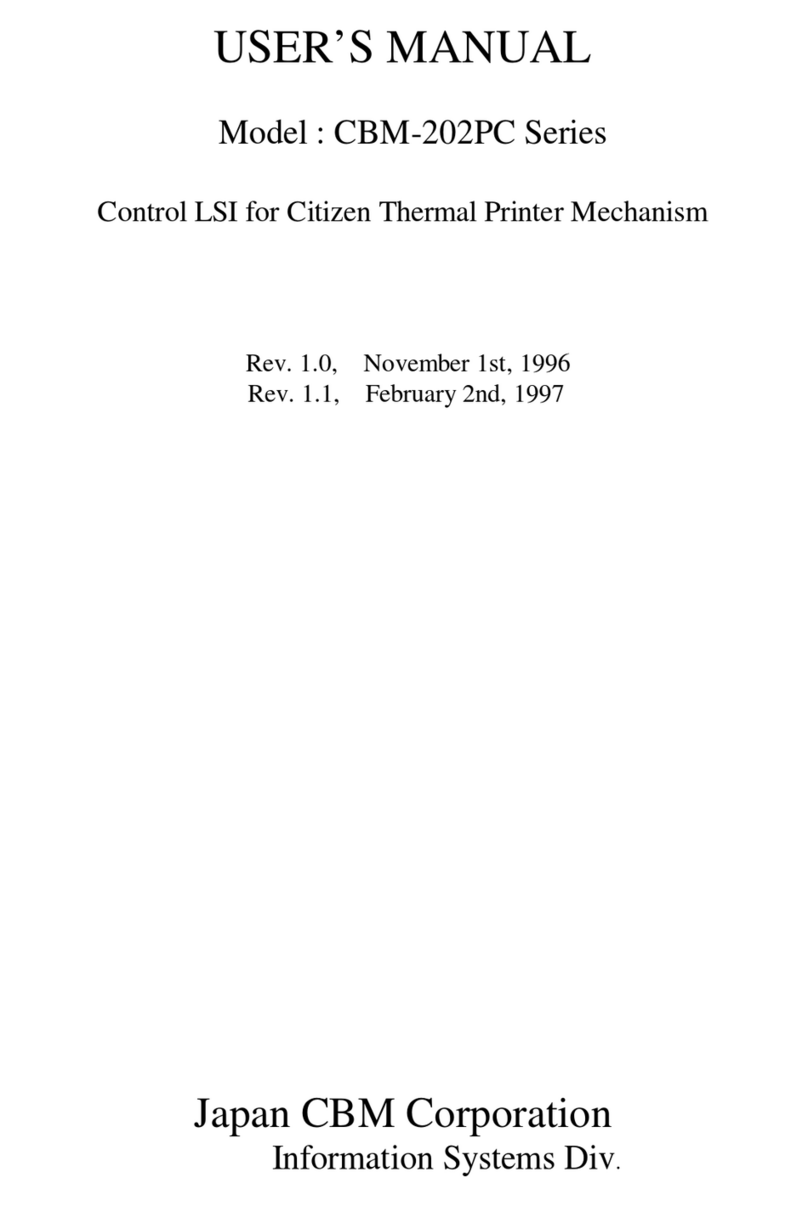
Citizen
Citizen CBM-202PC Series user manual

Canon
Canon Color imageCLASS MF8170c installation instructions
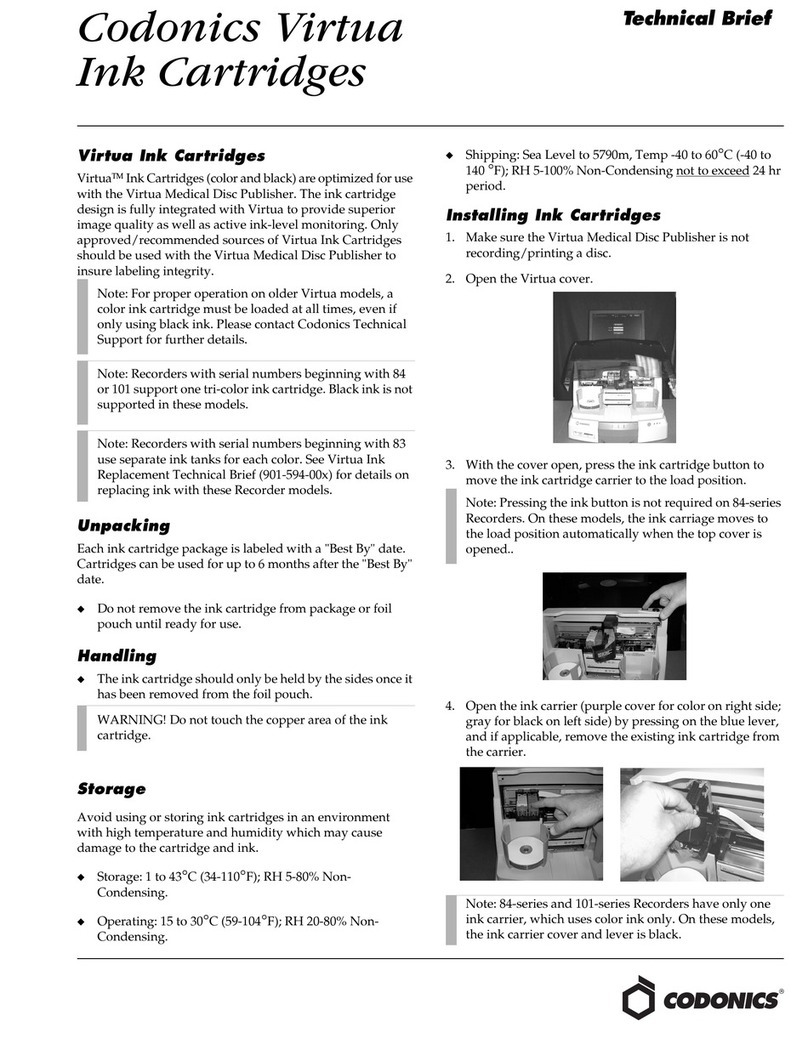
Codonics
Codonics Virtua 1VCX-LR833 Technical brief

Roland
Roland DU2-64 Supplementary manual
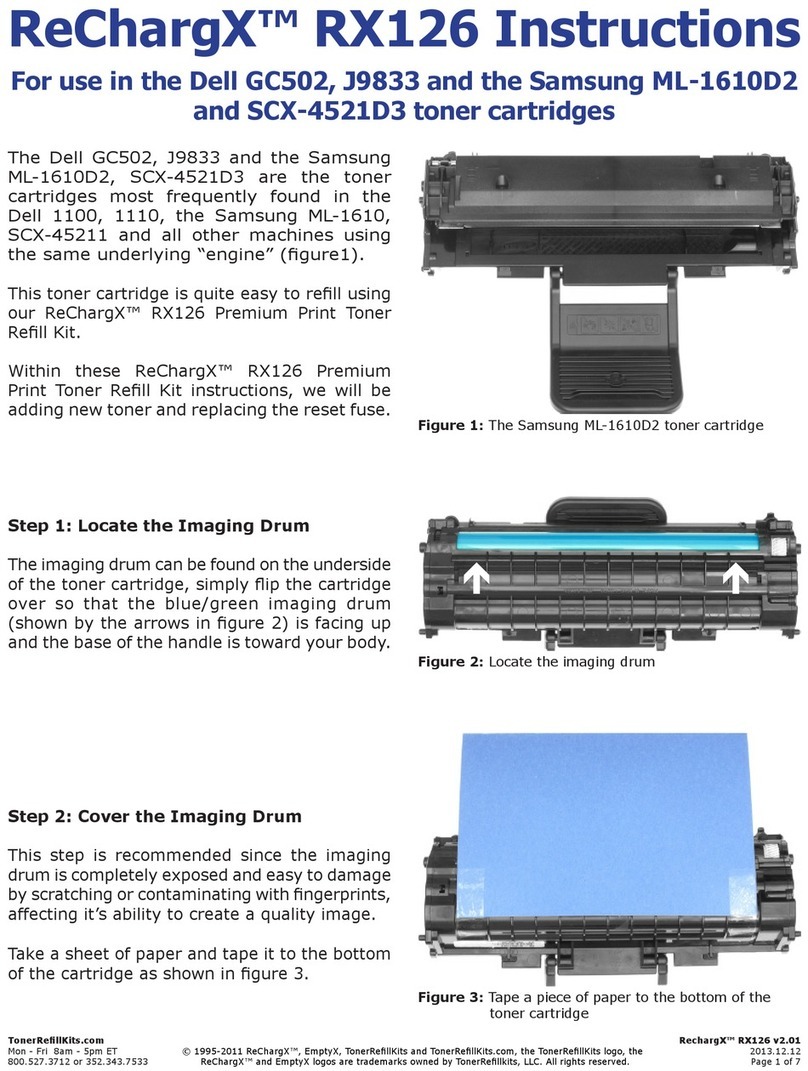
TonerRefillKits
TonerRefillKits ReChargX RX126 instructions
